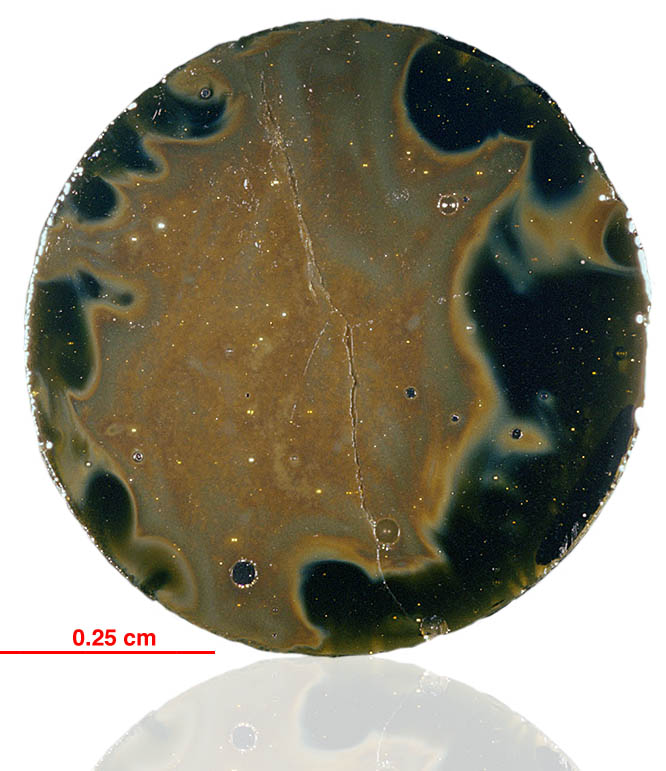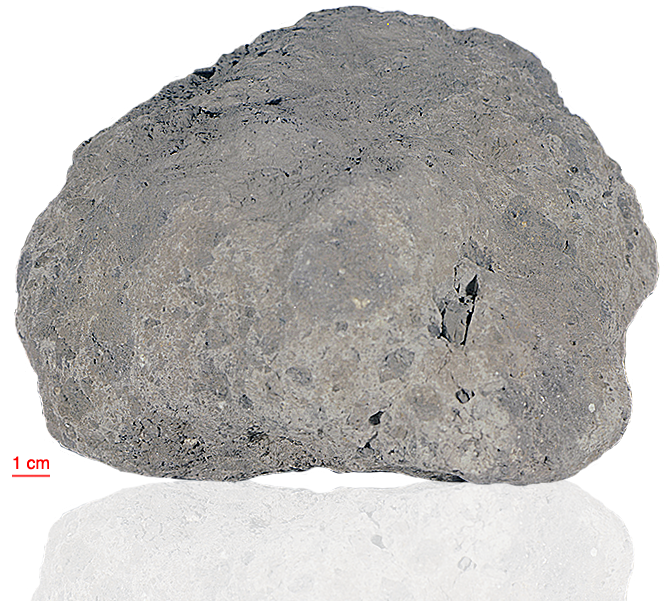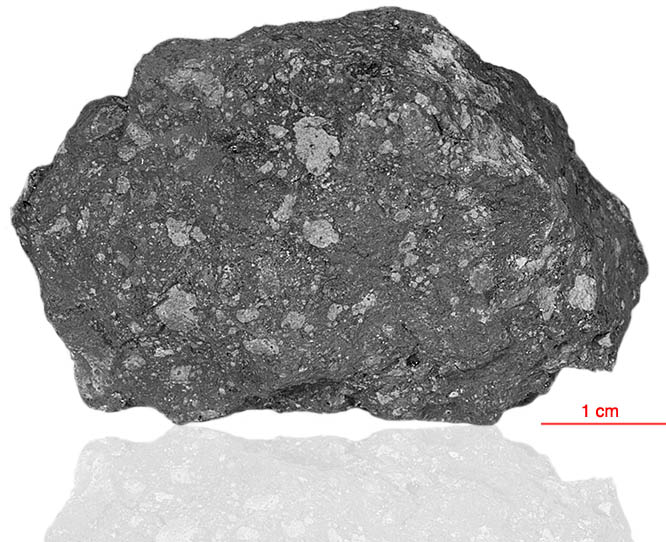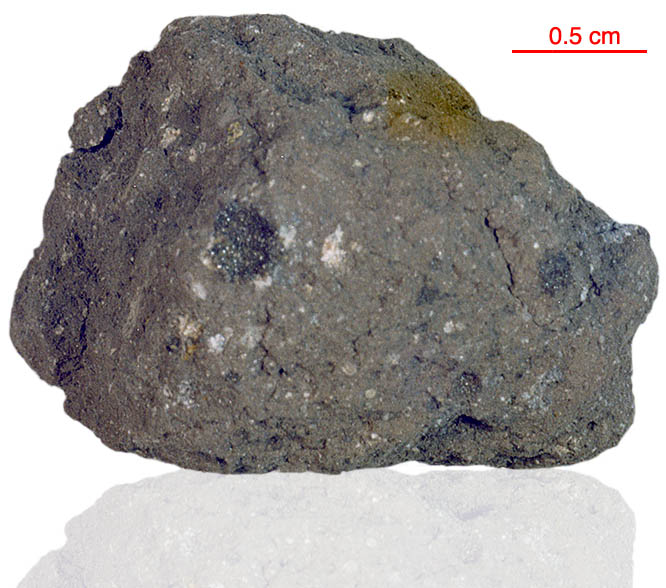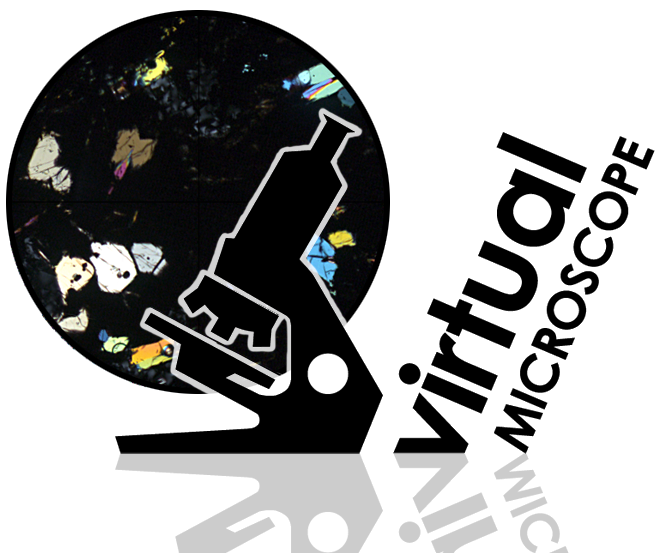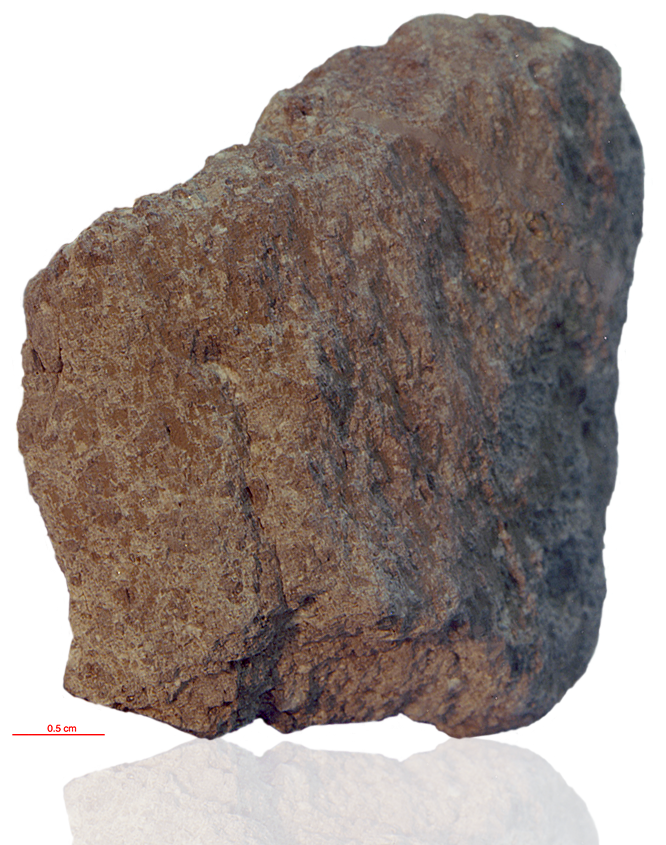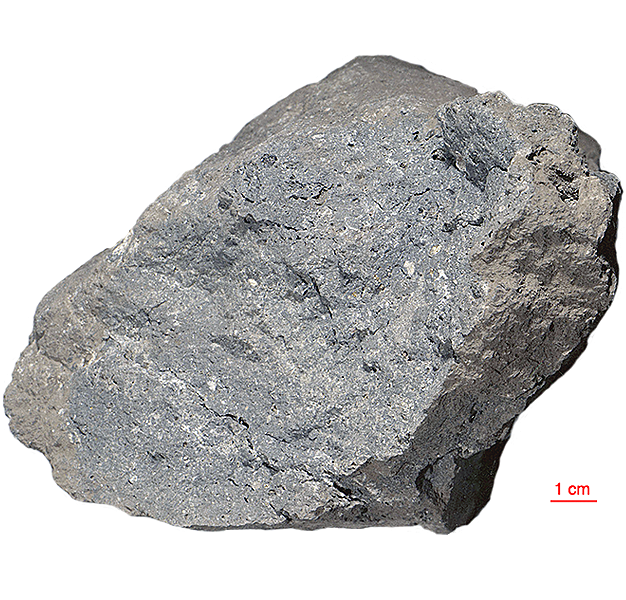
Fact sheet
14311 was one of the largest samples returned from Apollo 14. It is a very coherent impact melt breccia. The melted and recrystallized matrix has reacted with, and perhaps dissolved, some of the clasts. Void space in the matrix has annealed to form larger vugs. Significant clasts include ilmenite ore and gabbronorite, although these are not present in our thin section.
14311 weighed 3204 grams before analysis and is 3.82±0.03 billion years old (Ar/Ar).
Further details of this and other Apollo samples are here: http://curator.jsc.nasa.gov/lunar/
The Apollo 14 landing site was in a region formed by impact-basin debris.
Most of the 42 kilograms of rocks and soil collected on Apollo 14 are breccias (rocks that are composed of fragments of other, older rocks). In some cases, the rock fragments that form a breccia are themselves breccias. Such rocks obviously have experienced complex histories with multiple generations of impact events. Some breccias were heated enough that some of the material in the rock was melted.
Apollo 14 was launched on 31 January 1971.

